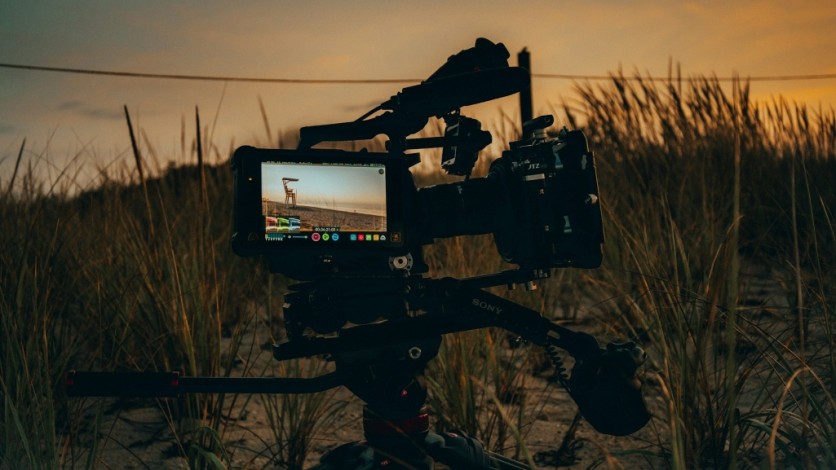Researchers at the University of Zaragoza and Stanford University introduced a cutting-edge autonomous drone cinematography system called CineMPC.
This innovation, detailed in a recent study published in IEEE Transactions on Robotics, could revolutionize the film industry by providing filmmakers with unprecedented creative freedom and introducing a level of autonomy previously unseen in cinematography (via TechXplore).

More Automatic Filmmaking
The researchers have pointed out that one common oversight in existing autonomous drone cinematography solutions was the lack of automatic control over crucial camera intrinsic parameters. This gap is precisely what CineMPC aims to fill.
Pablo Pueyo Ramon, co-author of the paper, tells TechXplore, "Existing solutions for autonomous drone cinematography revealed a common oversight, namely, none provided automatic control over camera intrinsic parameters (i.e., focal length, aperture, focus distance)."
These intrinsic parameters are vital for achieving diverse artistic and technical goals, such as the desired depth of field or iconic shots like the dolly-zoom or vertigo effect.
Next-Level Filmmaking Technology
CineMPC sets itself apart by autonomously determining the appropriate camera intrinsics capable of fulfilling a wide array of user-defined cinematographic instructions.
Additionally, the system considers external factors (position and orientation) and internal factors (focus, depth-of-field, and zoom) in its control system. The result is a comprehensive and autonomous drone cinematography experience that empowers filmmakers to achieve their artistic visions more precisely.
The study not only introduces the revolutionary CineMPC but also provides a glimpse into its performance in real-world settings. CineMPC consists of software installable in any drone equipped with a controllable professional camera.
Beyond the enhanced control strategy, the system now includes a perception module capable of identifying relevant information from the scene, such as actors and actresses, making it a 100% autonomous control solution.
Pueyo emphasized the significance of their work, stating, "We are enormously happy to offer filmmakers creative freedom, improved safety, and increased autonomy for real-time decision-making."
The researchers have gone a step further by releasing the source code for CineMPC, making it accessible to everyone, and encouraging further development and innovation in autonomous drone cinematography.
In addition to CineMPC, the researchers introduced another groundbreaking system called CineTransfer, designed to enable a robot to create videos in a specific cinematic style.
This computer algorithm analyzes the style of a reference video, optimizing composition and depth of field. Unlike its predecessor, CineMPC, CineTransfer operates with minimal human input, further advancing the autonomy of cinematography.
Democratizing the Tool
This new frontier in filmmaking technology promises not only a game-changer for cinematographers but also a democratization of creative tools.
With the release of the CineMPC source code, the research team is opening doors for filmmakers and tech enthusiasts alike to explore the endless possibilities of autonomous drone cinematography.
Stay posted here at Tech Times.
Related Article : This Battery-Free Sensor Only Needs Sounds to Power an Electronic Device

ⓒ 2025 TECHTIMES.com All rights reserved. Do not reproduce without permission.




